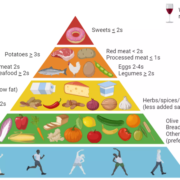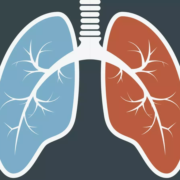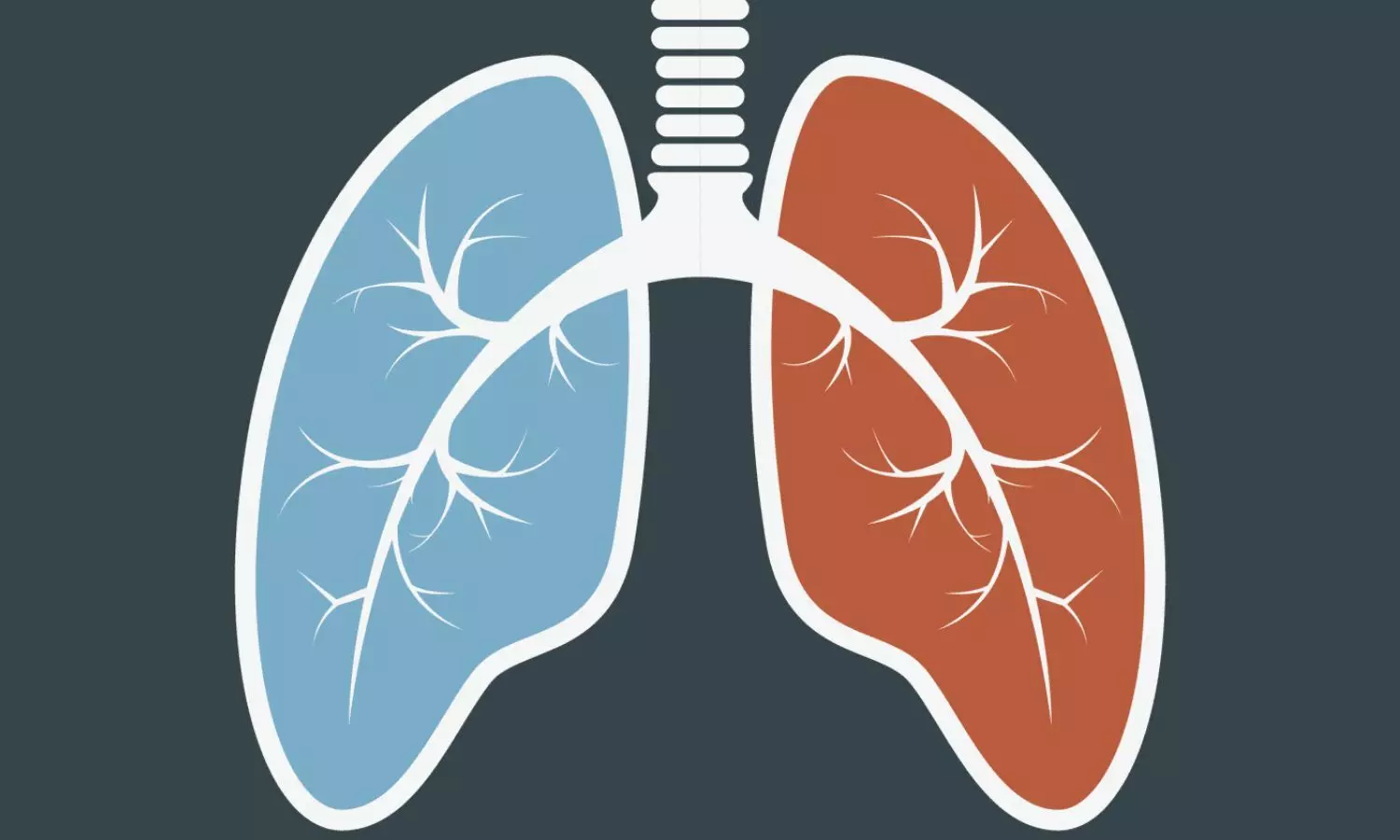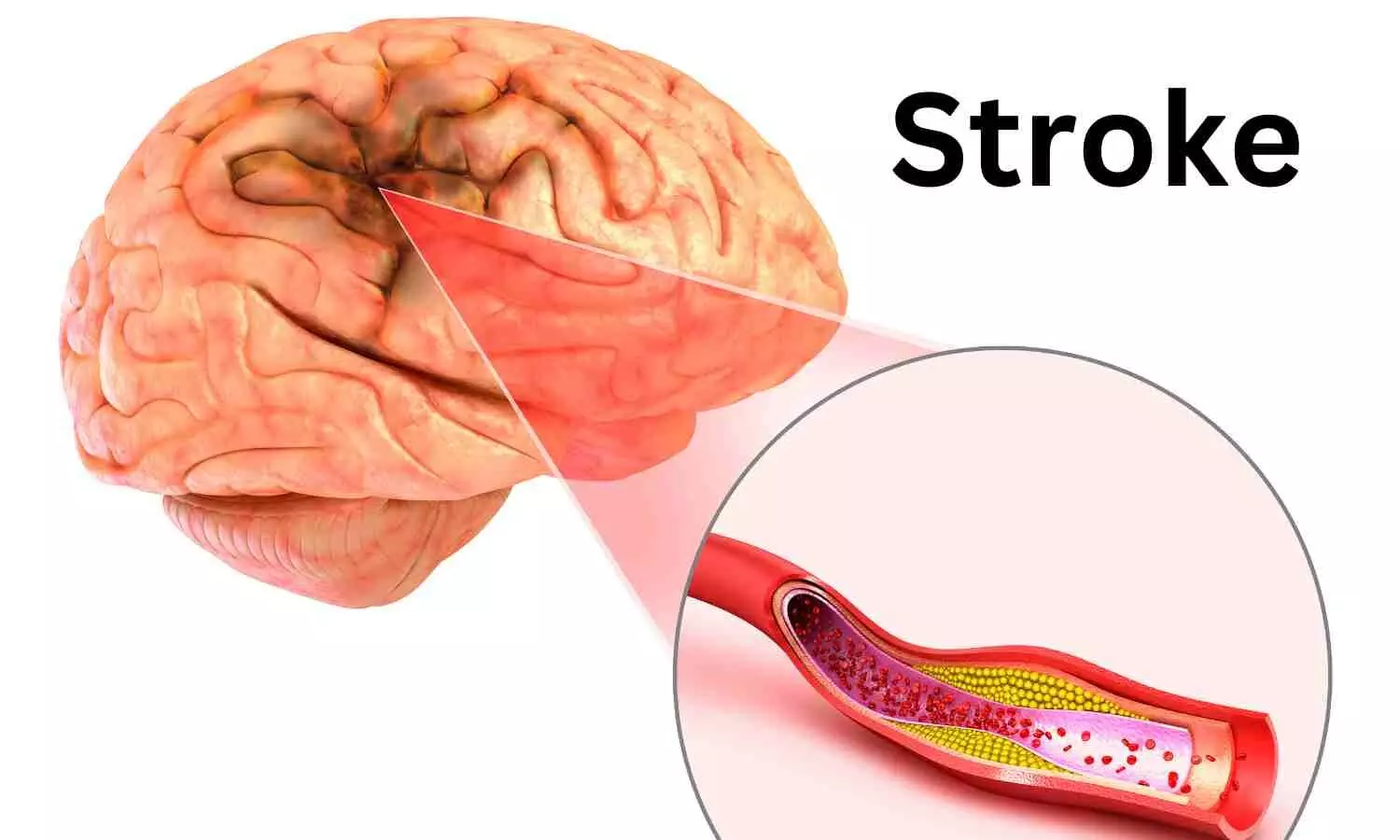World Health Organization prequalifies New Dengue Vaccine TAK-003 for containing dengue

The World Health Organization (WHO) has granted prequalification to a new dengue vaccine, TAK-003, on 10th of May this year. This marks TAK-003 as the second dengue vaccine to receive such endorsement from the WHO which is next in line to the earlier prequalification of the CYD-TDV vaccine developed by Sanofi Pasteur.
TAK-003 is a live-attenuated vaccine that was developed by the Japanese pharmaceutical company Takeda. It contains weakened versions of the four serotypes of the virus responsible for causing dengue. This innovative vaccine has been specifically recommended by the WHO for children who were of 6 to 16 years and were living in regions with a high burden of dengue and intense transmission rates. The vaccination schedule requires two doses that are administered three months apart.
Dr. Rogerio Gaspar, WHO Director for Regulation and Prequalification, emphasized the importance of this development that the prequalification of TAK-003 is an critical step in the expansion of global access to dengue vaccines, as it is now eligible for procurement by UN agencies including UNICEF and PAHO. With only two dengue vaccines to date prequalified, the research look forward to more vaccine developers coming forward for assessment which can ensure vaccines reach all communities who are in need.
The availability of TAK-003 is particularly crucial as dengue fever continues to pose a major public health challenge throughout the globe. Dengue is a vector-borne disease transmitted by the bite of an infected mosquito. This can lead to severe dengue which is a potentially lethal complication. Currently, an estimated 100 to 400 million dengue cases occur annually across the globe with 3.8 billion people living in dengue-endemic countries. These regions are predominantly located in Asia, Africa and the Americas.
The urgency for effective dengue prevention measures is elucidated by the worrisome statistics from 2023, when the WHO Region of the Americas reported 4.5 million dengue cases and 2300 deaths. Experts warn that climate change and urbanization are likely to exacerbate the spread of dengue by potentially increasing the number of cases and expanding the geographic range of the disease.
The inclusion of TAK-003 in the WHO prequalification list signifies a positive advancement in the global fight against dengue. This can enhance the widespread use of the vaccine through procurement by international agencies by ensuring broader access to this vital preventive measure. Overall, the prequalification of TAK-003 offers hope for better protection and reduced incidence of this debilitating disease.
Reference:
WHO prequalifies new dengue vaccine. (n.d.). Who.int. Retrieved May 16, 2024, from https://www.who.int/news/item/15-05-2024-who-prequalifies-new-dengue-vaccine
Powered by WPeMatico



















